The Maine North Woods
8 Comments
I just returned from a trip to an area of north western Maine known as the Maine North Woods. I envisioned it as an extension of my work on the National Parks. Since the mid 1990s, some have talked about creating a new Maine Woods National Park there. The idea to possibly contribute to conservation by depicting the beauty of an area was most appealing. The National Parks Conservation Association had expressed interest in obtaining images of the area. I knew that the idea has been controversial, being opposed by some local residents and Maine’s government, so I was also interested in having a good look for myself, and compare the area with the 58 existing National Parks that I had visited. Pictures galleries will follow in about a week, but for now I will give a short account of the trip.
Although many people are involved in the fight to establish MWNP, Roxanne Quimby’s life could make her a character worth of being featured in the Ken Burns series. In 1975, Fresh out of art school in San Francisco, she and her boyfriend George traveled to Maine with just $3,000 that they used to buy 30 acres of woods. They built a cabin where they lived without electricity, running water, or a car – their WV bus had died. Twins were born to the couple, however they separated after a few years. In 1984, Roxanne bought honey from a beekeeper named Burt Shavitz – they eventually became partners. Looking to use Burt’s stockpile of wax, she began to create products, such as candles and lip balm that she initially sold at fairs. In 2007, Burt’s Bees, the leading natural personal-care brand, was acquired for nearly a billion dollars. In the while, Roxanne had begun to buy vast expenses of Maine land, with the goal to preserve the landscape forever by establishing a park, much like John D Rockefeller Jr did for the Grand Tetons and Acadia, and Percival Baxter for Baxter State Park. More of the captivating story can be found in a Yankee Magazine article, The Most Controversial Woman in Maine.
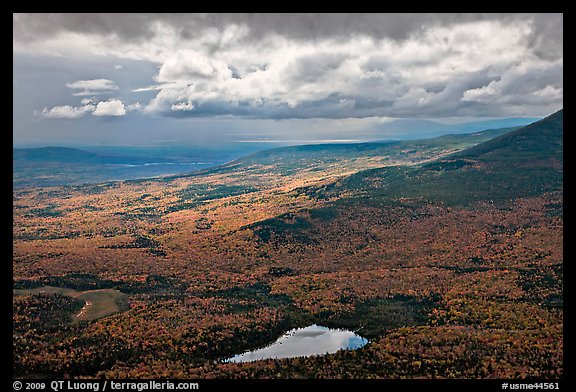
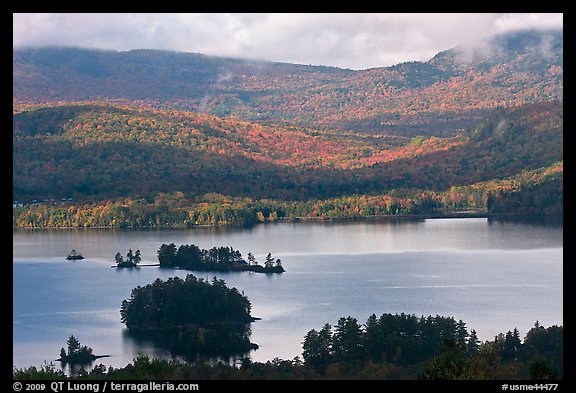
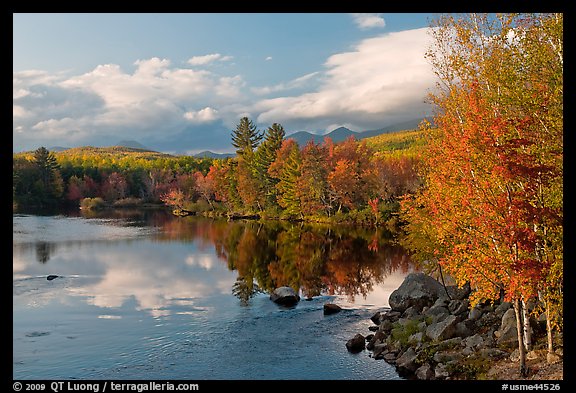
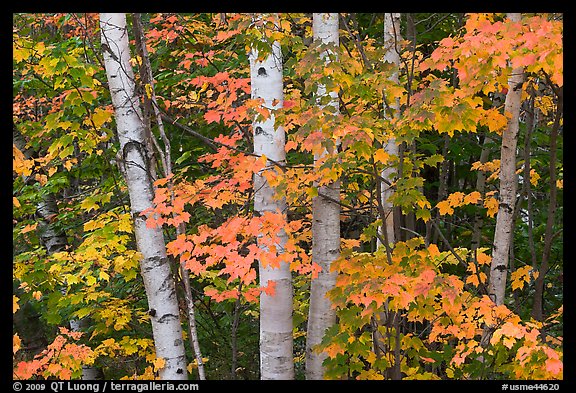
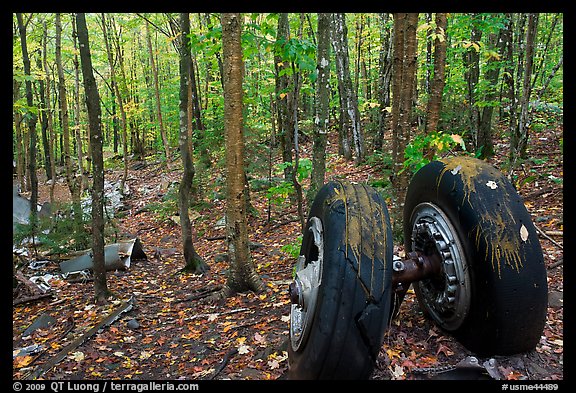
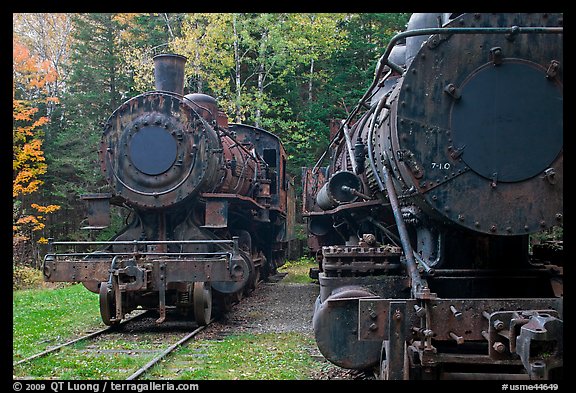
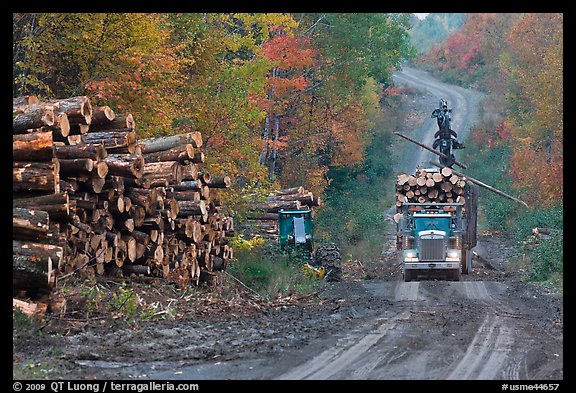
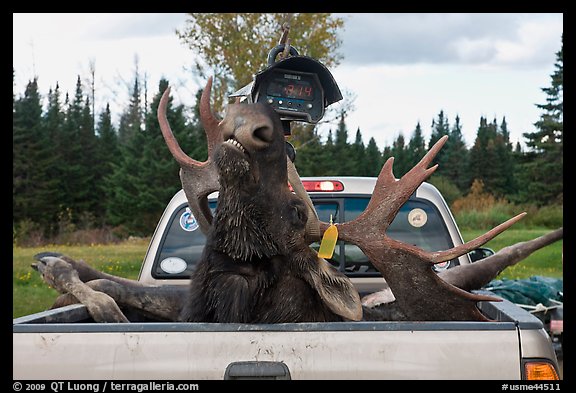
As I was traveling towards the East, I spent the first day in Greenville and around Moosehead Lake. On the second day, I explored the area between Greenville and Millinocket around the Golden Road. The third day was spent in Baxter State Park. Because Katahdin was in the clouds, I hiked a secondary summit that was initially under the clouds. The next day, I visited the Allagash Wilderness Waterway, where I managed to locate the two locomotives curiously stuck in the middle of a remote area at the end of an unmaintained and unmarked trail (this might be the subject of another posting). On the fifth day, I explored the vast area North and East of Baxter State Park, eventually exiting the North Woods at the town of Ashland.
What struck me first about the proposed area for MWNP was the sheer size, 3.2 million acre, larger than Yellowstone and Yosemite combined. There is a historic opportunity to preserve a large swath of land, but that szie makes it a very ambitious proposal, and I could see why this alone would be controversial. If you look at the other national parks, only those in Alaska are larger. However, unlike the proposed MWNP, the Alaskan parks were mostly undeveloped wildernesses that were already federal property. Moreover, in the last forty years, there was only one new national park that did not begin as an existing NPS unit, the National Park of American Samoa. I suppose the way you negotiate is to start with an extreme position and work towards a compromise, and I foresee that the proponents of MWNP will have to significantly reduce their ambition.
I spent five days in the area and had barely began to scratch the surface. It is criss-crossed by a very extensive network of forestry roads, unpaved but well-maintained and easily passable by car. The Delorme Atlas is necessary to navigate them, and even though it is still easy to get confused, as signs are rare. Besides those roads, development is limited to remote camps and private lodges. I saw relatively frequent traffic, maybe one truck (nobody there besides me drove a car) every fifteen minutes, yet the area feels remote. Such a large, relatively undeveloped block of forest is certainly unique in the eastern US.
Within the area, there is a mix of mountains (the most spectacular of which is Katahdin, already protected within Baxter State Park), lakes (including Moosehead, largest in Maine), wild rivers (including the Allagash, protected as a Wilderness Waterway), and ponds. This mix makes the terrain more varied than some other Eastern Parks. Although I am no expert, the forest itself, a mix of evergreens and northern hardwoods, appeared to me not to include much old growth. On the other hand, while I encountered many logging trucks, the harvested zones were small in size, unlike the large clearcut areas of, for instance, the Olympic Peninsula. The area is certainly beautiful, although like in many eastern places there are not a lot of spectacular views, as the forest obscures them below the timberline. In parks such as Acadia, Shenandoah or the Great Smoky Mountains, the road takes you above timberline (or almost), but in the Maine North Woods, a long hike is necessary.
Although most of the land is private, the areas that I visited (managed by North Maine Woods Inc) were opened to the public much like a publicly-owned park, with fees charged at “checkpoints” comparable to the parks entrance stations. There was a registration procedure more strict than in the public parks I knew. You had to obtain an individual permit under your name and check in and out. Baxter State Park operated also the same way. This combination of private ownership and public access with relatively liberal regulations happened at a scale I hadn’t seen before, and I could see why this model could be more attractive than the national parks model. Most recreational activities were authorized, included hunting. As I arrived at the height of the hunting season, I saw more moose than I ever saw before, although all dead!
With all those characteristics, I could understand the reluctance towards a national park. However, the problem is that the current situation is hardly stable. Economic globalization has made local logging uncompetitive. With land ownership shifting from timber companies to real estate developers, the care of the land and access could rapidly change for the worse. The Maine North Woods are at a cross roads. Although it should eventually be for the public to decide, the option of a national park should at least be given a serious consideration, in the form of a feasibility study.


Very interesting. I’ve read many times about the aggressive logging in the Maine North Woods, fueled in part by large foreign purchasers who then have to service their debt by logging more aggressively than previous precedent, but I had never heard of the proposal to create a national park.
Tell me the place in this proposed national park that is not found anywhere else, and is not alreaady protected in someway? I think the devil is in the details. Hunting has to be allowed in the right areas. Imagine if you own a sporting camp and the government comes in and tells you that all the land around you is off limits to hunting. It could destroy your camps. You have to see everybodys point of veiw and a lot of enviromentialist don’t care about hunters, which makes the hunters not work with the greenies. I go the yellowstone for the one of a kind sites. The north maine woods don’t really have one of a kind areas. The places are similar to other areas around the country. The headwaters of most of the riviers are already protected and most hiking trails are all in protected areas as well. I just don’t see the need to spend billions on land just to protect it from legal land owners. If you want to buy the land buy it when it comes up for sale like other groups have. Tell me where I am wrong in any of this?
I agree, there is certainly a reason why Yellowstone was the world’s first national park. However, note that while the first National Parks were set apart to protect unique wonders, in the second half of the 20th century, the protection has also turned to regional ecosystems. Just to take two examples, Shenandoah and Cuyahoga Valley both lack truly “unique” features, and their land had been used before. The use was heavy in the case of Cuyahoga, to say the least (the place was almost a dump), yet the land was restored. In Shenandoah, some wilderness areas have even been reclaimed. The point is sometimes just to have a large tract of protected land. My understanding is that the most likely model would be a National Preserve, rather than National Park, or possibly a combination. Hunting is permitted in National Preserves.
In 1947 0r 49 I worked for the Great Northern Paper Co. in the Accounting Dept. My job was taaking care of 90+ workers that matained the roads and telephone lines on most of the land between Greenville and Millknocket. I cant remember how many miles of road or lines they had but it was a lot. I handled the payroll and insurance for the men. I lived in a cabin at Sandy Bay on Mooseheaad Lake. That country at that time was a beautiful and wild place and i was sorry i ever left .I fished many trout strems and some of the best was around Ashland very very good. I will be 90 this coming May and I hav many fond memorys of that time of my life. God is Good
We need to save this area, but allow all the benefit. We need to allow logging, hunting, fishing, and camping. If we as a state want to protect this area we should have a fund created that we as a people can donate to and fund with state money when it is possible. That will protect the land but allow land owners profit form there land. We do not want any government to have huge acreage because access will stop. There is so many roads to very nice areas that the government will not have the money to maintain like loggers do. This would stop access. You can see it in the area that the AMC purchased and they stopped access. This is not good, but they did buy it and they can make the rules. Mind you they are still logging the land. I think this new North woods inititive is a step in the right direction and I believe more people support it. Lets all strive to safe the woods for all uses, not just the ones enviromantalist tell us are good uses. We can do this if we are all open minded and work together. QT what areas of the North Maine woods have you visited?
Peter, I visited mostly around Greenville and Moosehead Lake, Baxter State Park, along the Golden Road, and from the Allagash Wilderness Waterway to Ashland.
Alot of the areas you said are already protected. Try going to the western side toward Dole pond. You will see the many Sugar facilites used by the canadians. They have hundreds of acres set up to get sap from the maple tress. There are many logging camps and garages in the more eastern and northern areas of the north maine woods. I quess what I am saying is it is truely a multi-use forest. I am afraid by looking at other National parks that access would be limited. I know the government would not keep all these roads open. Then it becomes somebody from outside to choose where everyone can go and where they can’t. As long as I have been going up there I have only once been told I can’t go somewhere in the north maine woods, that was roxanne quimbys land. Thank god she sold it for land else where. The north maine woods inc. said they have 22 full time employees and over 200 sites. They are spaced well to keep over crowding and give you that remote feel. They had almost 90,000 visiters last year and ran it on a million dollar budget. Imagine how much more it will cost to run a national park. We have a system that works, it is cheap to go to the north woods and the remote feel is amazing. The logging compaines keep some of the bridges open and roads open. The north maine woods keep sites open and comfortable. The outhouses are usually clean and kept up. The sight and sounds are wonderful and it is a peaceful area to be in. The remote cabins you can stay in are great and give you a warm bug free place to hang your gear. We need to keep access open yes, but we can do that as a state working with land owners, not by forcing land owners to sell. Plum creek may build resorts and camps. I hope to be able to buy a camp and enjoy the lake just like many before me have in there cabins. I beleive we maybe able to turn greenville into a north conway if we allow development in and around rockwood and greenville. I think the future will be full of great oppertunites.
I’ve been to the North Woods 3 times. 1st on the Allagash, 2nd on a moose photo workshop in Baxter, and 3rd in the same area of the workshop, but shooting landscape on my own. The place is wonderful mostly because of the lack of human activity. I traveled the Golden Rd and the Katadin Iron Works Rd not seeing humans for hours. The ecomomy is taking care of development right now. The AMC has purchased 100 mile wilderness and that may grow which is good. The fact that the lumber companies only allow leased land also seems to minimize development. It seems to work better than a national park right now. I say let it be.